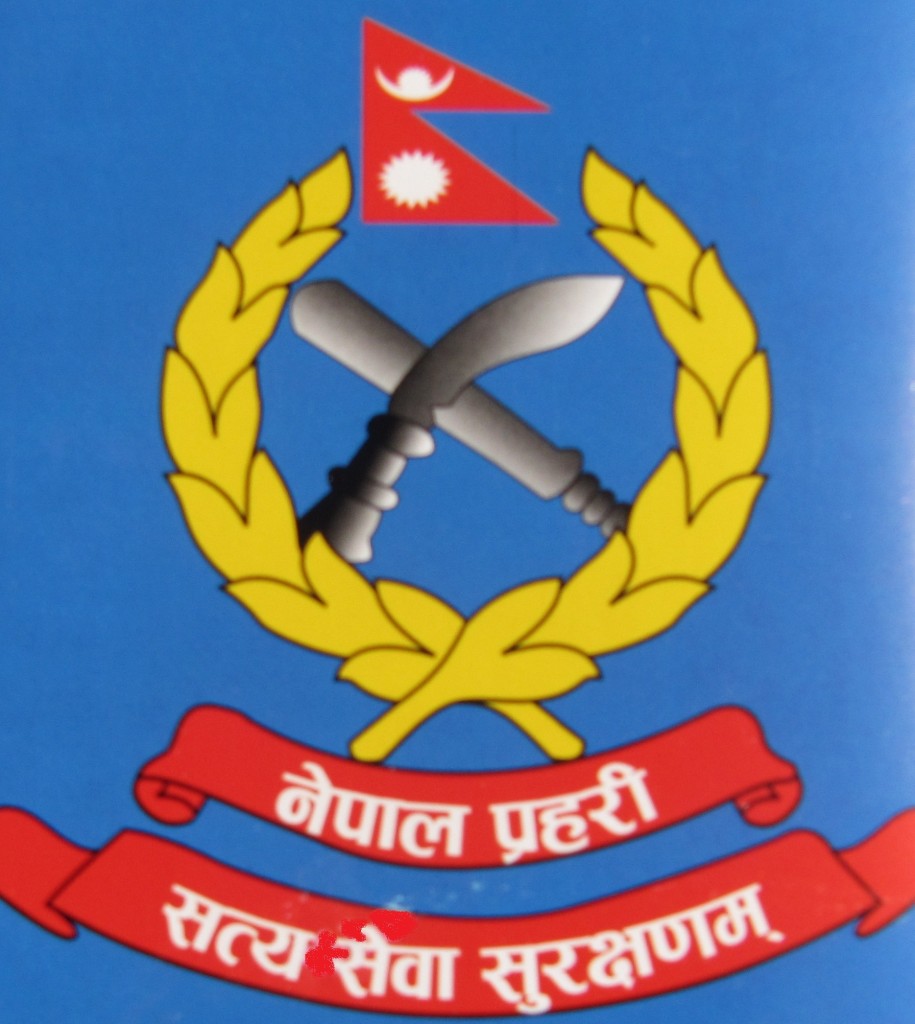Collapsed Structure Search and Rescue Training ends
Kathmandu, January 15
The eight-day Collapsed Structure Search and Rescue Training organised by Nepal Police and National Society for Earthquake Technology Nepal concluded at the Nepal Police Disaster Management Division, Samakhushi yesterday.
Speaking at the concluding ceremony, Deputy Inspector General of Police Hemant Bahadur Pal expressed confidence that the training would make collapsed structure search and rescue operations more effective in case of a devastating earthquake in future.
“This training has helped to produce trained human resources who can cope with challenges to carry out collapsed structure search and rescue operation. Nepal Police will conduct this training at the central as well as regional levels to prepare for disasters,” he said.
Amod Mani Dixit, NSET executive director, praised the efficiency demonstrated by Nepali Army, Nepal Police and Armed Police Force in search and rescue operations in the aftermath of the April 25 earthquake and subsequent aftershocks.
He said this training would boost self-confidence among security personnel in search and rescue operations in the days to come. SSP and training monitor Thule Rai said the programme was successful to train security personnel and enabling them to tackle the post-disaster situation.
“Trained human resources will be used as trainers to produce more rescuers,” he informed. DSP Samir Chandra Kharel presented a report of the training during the programme.
The training aims to enhance disaster response capacity of Nepal Police and also provide more training to more and more police personnel in the changed context.
The eight-day course aimed to train target participants with the techniques and methods necessary for searching, locating, stabilising and extricating victims trapped in or under collapsed structures by using the safest and most appropriate procedures for the rescuer as well as victims.
The participants underwent mock drills and practical exercises with a collapsed building scenario.
It included rescuing victims trapped inside a collapsed structure wherein the trainees break into walls made of different materials such as concrete, wood, brick and other light materials.






